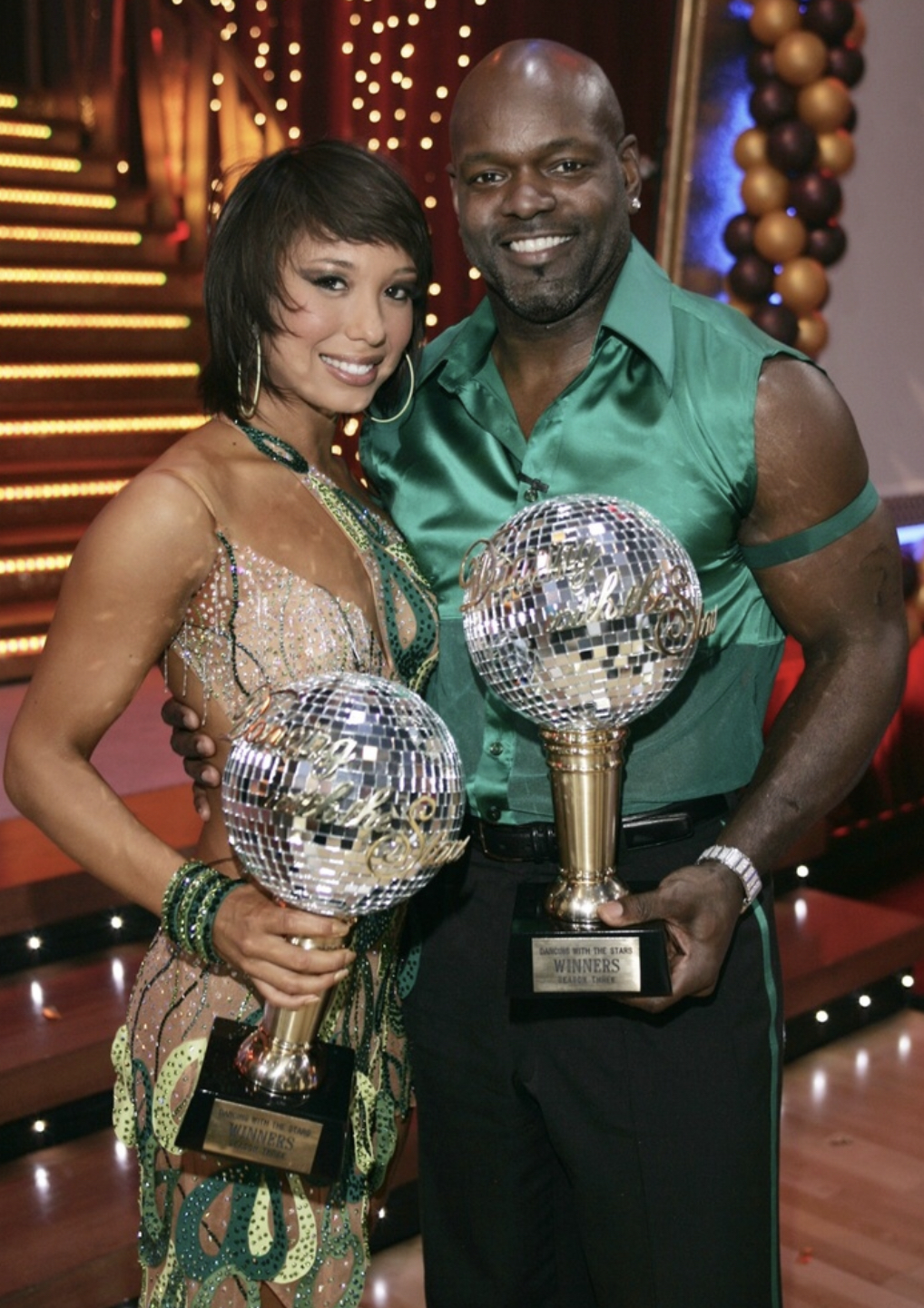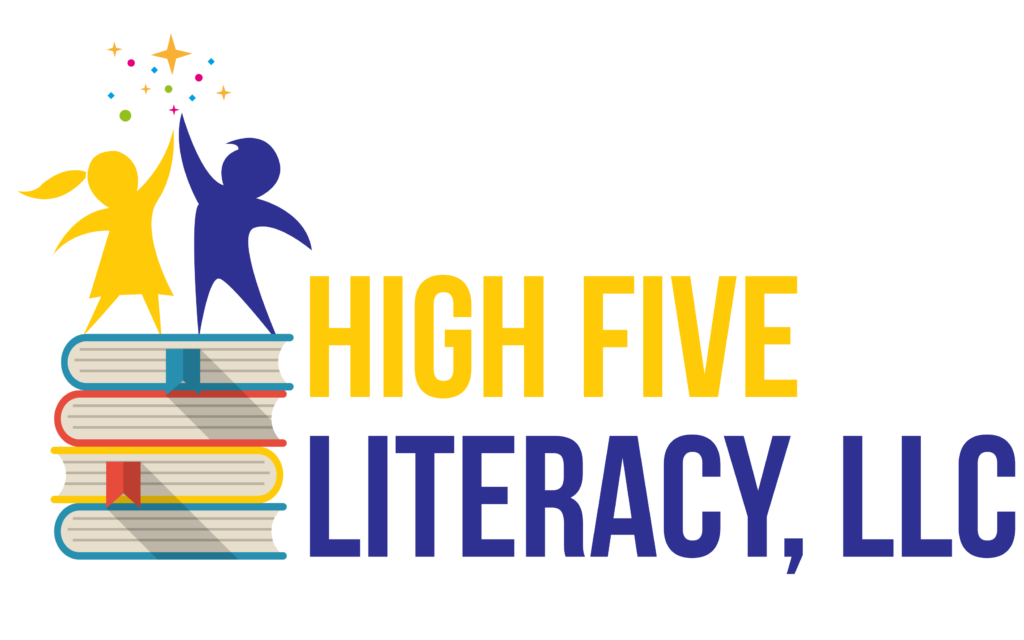
If you have watched Dancing with the Stars, you know that the winners of the competition usually have an advantage from the start. The contestants are chosen from a wide field of famous people; some are from the movies, some are YouTube influencers, and some are professional athletes. The ones who end up winning or in the finals usually have had some prior musical or athletic experience. Although it helps to have a good dance coach or partner, there is no substitute for years of training the body for flexibility or the ear for rhythm.
Although I’ve taken ballroom and Latin dance lessons for over a decade now, I only first began at age forty. I always loved to dance as a child, and I pick up steps easily once taught, but I don’t move like a professional dancer, and I never will. That’s okay. I accept my limitations and enjoy dance nonetheless. My Zumba instructor, on the other hand, would be mistaken for a professional ballroom dancer even though she has taken ballroom and Latin dance lessons for only 10 months! Why? She has been dancing her whole life and at one time owned a dance studio. The experience she accumulated in ballet, jazz, and tap helps her move well and understand musical timing. She might be new to ballroom, and she might not know as many steps as I, but what she does know she executes with presence, confidence, and style. That’s what we mean by transfer of knowledge to new contexts. A learner’s knowledge in one context enables application in a different context. Prior knowledge facilitates transfer.
Transfer is always a concern in education. Will students be able to take past learning of one subject or skill and apply it to a new subject or situation? We obviously don’t want learning to be context-dependent, where students can only perform in one learning environment.
So, what can we learn about reading instruction from the above dance analogy?
We should make every effort to catch children early and ensure successful reading experiences.
We can never make up for lost years of practice in decoding skills, fluency, vocabulary development, and knowledge building. In the book, Learning Disabilities: From Identification to Intervention, 2ndedition, the research conducted by the group of authors revealed that while struggling students in grades three and above did improve in their decoding skills with the right intervention, their fluency usually lagged behind their peers, even with intensive work. The outcomes were far more impressive for children who received intensive intervention in grades kindergarten through second grade. Napoleon Bonaparte said, “Space I can recover. Time, never.”
We should be spending time developing alphabet recognition and phonemic awareness, the two best predictors of early reading success. Without understanding letter and sound correspondences and being able to recognize them automatically, struggling older readers will always try to compensate for their weaknesses in basic skills. Their working memory will always function on overload, and there will hardly be any room left for comprehension.
We should not be rushing children into reading predictable, repetitive books just to “sound” like readers. This is tantamount to learning a routine without foundational skills. Giving children time to learn the alphabetic code opens the door to reading unknown words in ANY context. We don’t want children who can only recognize words in one book because the words are embedded in language that helps them “read” the words or which are accompanied by pictures that cue the words. Frequently, when these children come across the same words in other books, they have no idea what the words are. They are essentially like those contestants on Dancing with the Stars who, once removed from the practiced routines, do not really know how to dance and likely could not lead or follow a partner.
My ballroom dance instructor, Lisa Sparkles, is expert at demonstrating how steps in one dance transfer to other dances. No matter how difficult a new combination may seem, it never feels brand new because there are foundational similarities. Lisa has a way of connecting all the pieces by reminding us of what we already know and how the same steps are used across many different dances. It is like knowing meaningful word parts such as prefixes, suffixes, and root words; knowing these word parts provides multiple opportunities to recognize and comprehend new words.
To support deeper learning and transfer of knowledge, we need to ensure that the foundation is strong. There should be no gaps in basic skill competencies and enough time on task to develop connections from one context to another. Only then can true “transfer” occur.
Faith Borkowsky, founder of High Five Literacy and Academic Coaching, is a Certified Wilson Dyslexia Practitioner, is Orton-Gillingham trained, and has extensive training and experience in a number of other research-based, peer-reviewed programs that have produced positive gains for students with dyslexia, auditory processing disorder, ADD/ADHD, and a host of learning difficulties. Her book, Failing Students or Failing Schools? A Parent’s Guide to Reading Instruction and Intervention, is available on Barnes and Noble https://www.barnesandnoble.com/w/failing-students-or-failing-schools-faith-borkowsky/1128896546 and Amazon https://www.amazon.com/dp/1937615456/

3 Comments. Leave new
Dear Faith, I’ve grown up with dancing all my life. My mom was a dancer 💃🏽 and because I’m nearly 6 ft tall she thought it was a good idea to build in posture and grace. Your analogy here is moving. When we do not develop the muscle memory through tedious, necessary repetition, whatever we are studying has shallow roots. It’s temporary and fleeting losing integrity and grace with the slightest breeze. Without doing the isolated work in dancing, writing, painting, doctoring… we are living a lie and basically winging it. Thank you for sparking thought and always TEACHING!
I love this, brilliant.
Fabulous!